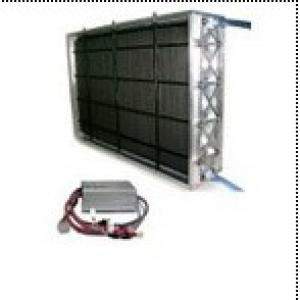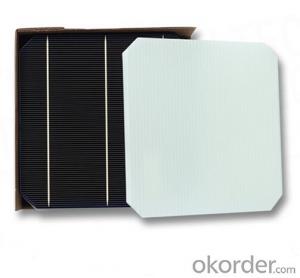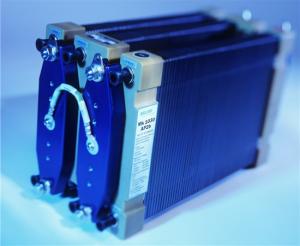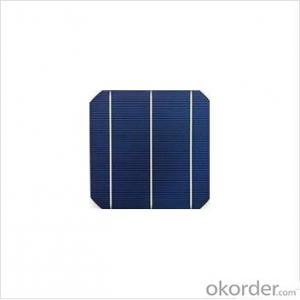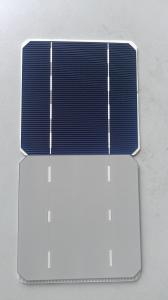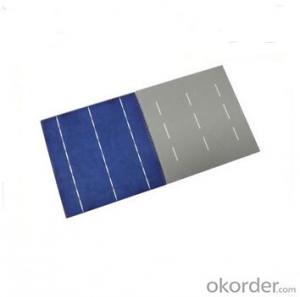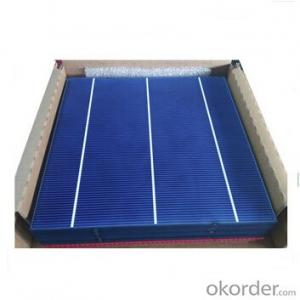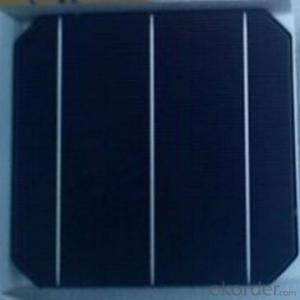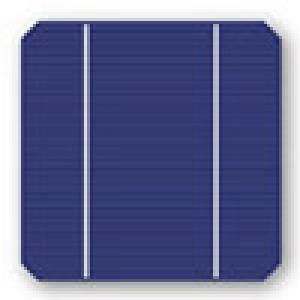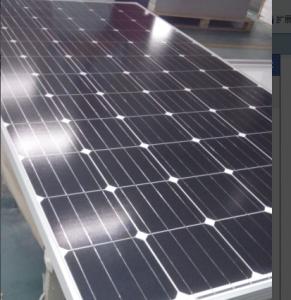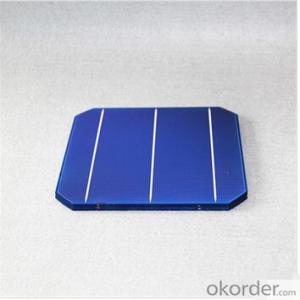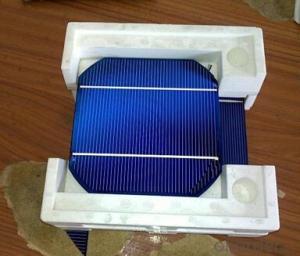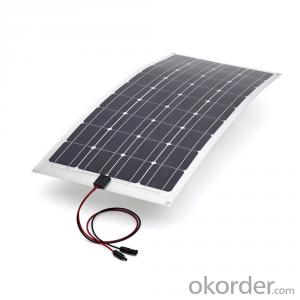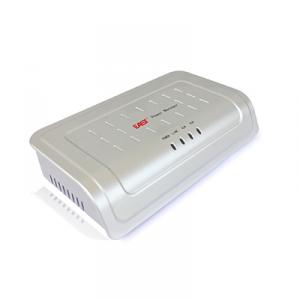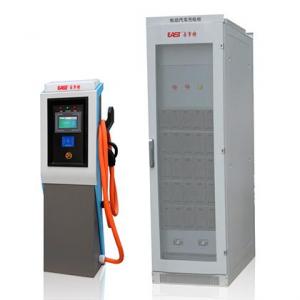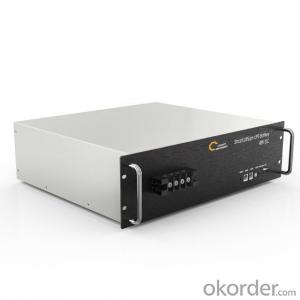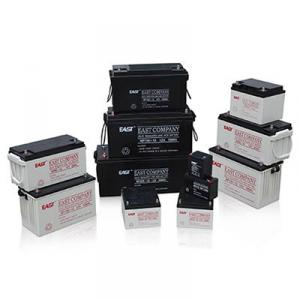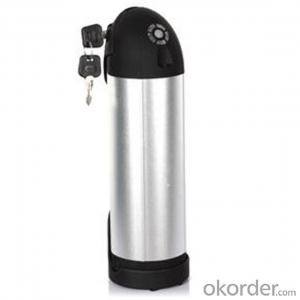Bio Solar Cells
Bio Solar Cells Related Searches
Biogenic Solar Cells Nano Solar Cells Free Solar Cells Organic Solar Cells Photovoltaic Solar Cells Better Solar Cells Bulk Solar Cells Chinese Solar Cells Biomimicry Solar Cells Bifacial Solar Cells Raw Solar Cells Black Solar Cells High Efficiency Solar Cells Si Solar Cells High Power Solar Cells Evergreen Solar Cells Solar Energy Cells Rec Solar Cells Bacteria Solar Cells Electric Solar Cells High Performance Solar Cells Aerospace Solar Cells Commercial Solar Cells High Quality Solar Cells High Temperature Solar Cells Large Solar Cells Chipped Solar Cells Plant Based Solar Cells Loose Solar Cells Hot Solar CellsBio Solar Cells Supplier & Manufacturer from China
Bio Solar Cells are innovative products that harness the power of sunlight to generate electricity. These cells are designed to convert solar energy into usable power, making them an eco-friendly and sustainable solution for various applications. They are particularly useful in areas where traditional power sources may be limited or unreliable, offering a reliable and renewable energy alternative.Bio Solar Cells are widely used in a range of scenarios, from residential rooftops to large-scale commercial installations. They are ideal for powering homes, businesses, and even off-grid applications such as remote monitoring stations or communication towers. The versatility of these solar cells makes them a popular choice for those seeking to reduce their carbon footprint and reliance on fossil fuels.
Okorder.com is a leading wholesale supplier of Bio Solar Cells, boasting a vast inventory to cater to the growing demand for renewable energy solutions. As a reputable supplier, they ensure that their products meet the highest quality standards, providing customers with reliable and efficient solar energy options. By offering a comprehensive range of Bio Solar Cells, Okorder.com is committed to supporting the global transition towards clean and sustainable energy sources.
Hot Products




